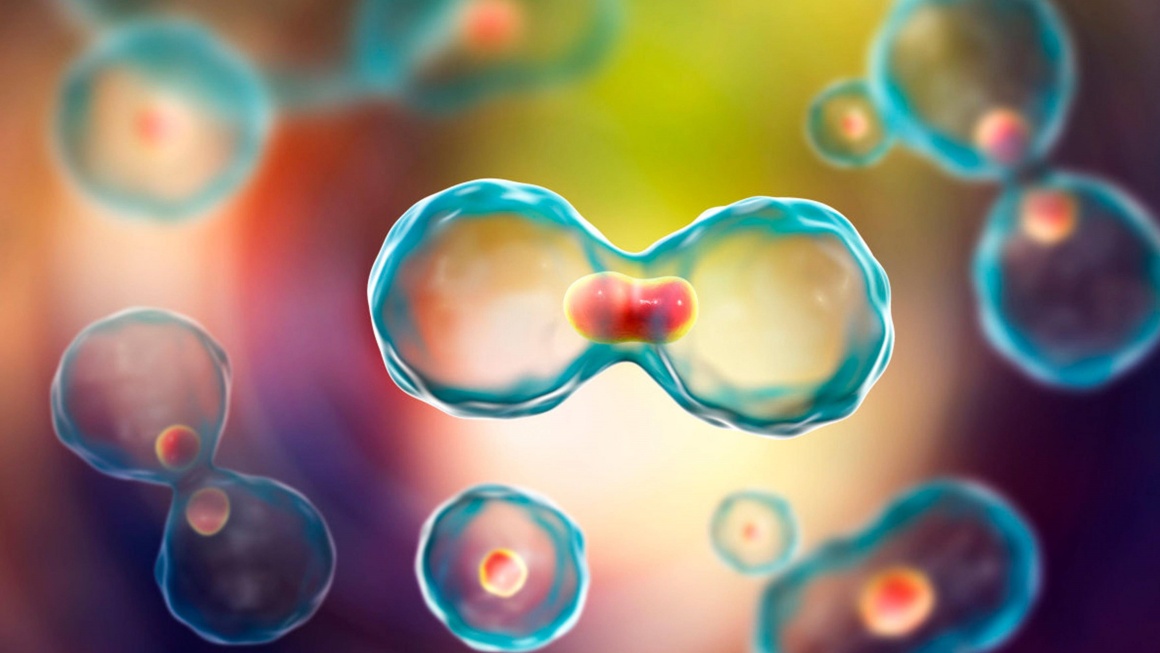Nanomedicine is one of the most popular topics in disease diagnostics, prevention and treatment. Lipids, such as liposomes and solid lipid nanoparticles (SLNPs), are widely used in nanosystems, and these nanosystems are used for a variety of therapeutic fields, such as anticancer therapies, antimicrobials, treatment of central nervous system diseases and other conditions. By loading the drugs into the lipid-based nanosystems, disease treatment may be enhanced. Lipid nanosystems are widely used during the COVID-19 pandemic. The lipid nanoparticles are used to carry mRNA into cells and instruct them to produce antigens so that the production of antibodies are stimulated to fight against the virus.
As nanosystems are capable of improving the stability and solubility of the cargo, promoting the transport across cellular membranes and prolonging the circulation times to improve safety and efficacy, they have attracted a wide attention from the researchers. Lipid nanosystems led to a high projection for nanomedicines used in therapeutics due to their promising properties. However, the amount of the nanomedicines available for human therapeutic use are far below the estimated amount of those should be available. The major reason is the inability to confirm their translational significance from lab to clinical use. This is due to the large influence the physicochemical properties of nanomedicines have on their biological properties. Fluorescent labels may affect the properties of nanomedicines. Nanomedicines can be labeled with fluorescent lipids to explore their interference on the intrinsic behavior of cell bilayers.




